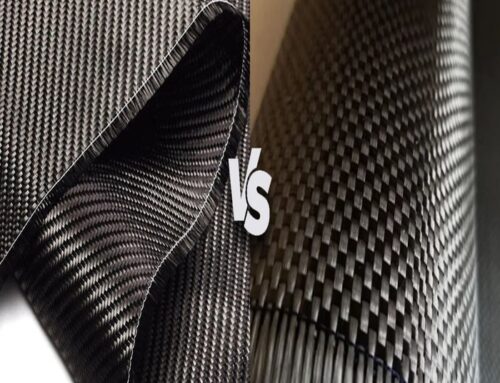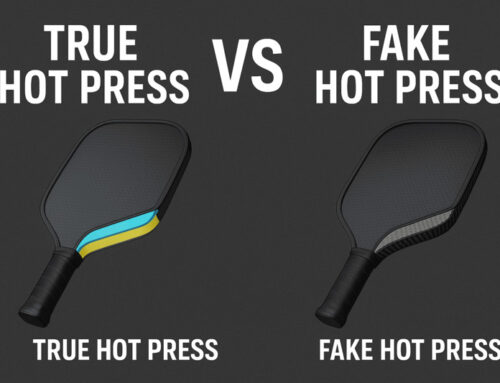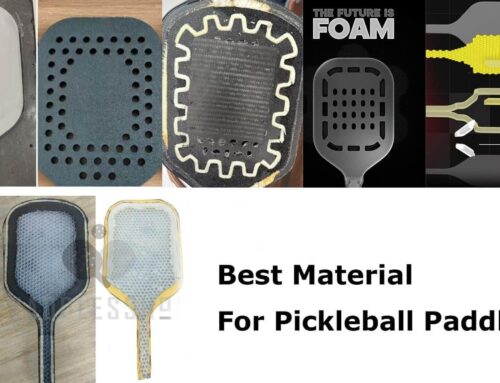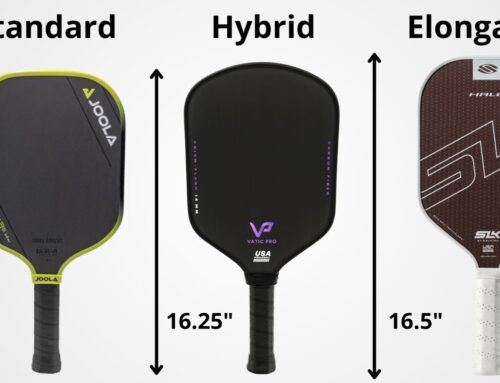In the realm of Pickleball, the choice of material for Paddle construction significantly impacts player performance. As an industry expert, I aim to provide an in-depth analysis of the advantages and disadvantages of using Kevlar fiber and carbon fiber in Pickleball Paddle production, backed by clear data comparison.
Analysis of Material Properties and Characteristics:
Kevlar Fiber: Kevlar fiber, a synthetic fiber, boasts exceptional strength and abrasion resistance. With a density of 1.44 g/cm³ and tensile strength reaching 3.5 GPa, Kevlar is known for its outstanding impact resistance and corrosion resistance, making it suitable for prolonged use in humid environments. Carbon Fiber: Carbon fiber is a lightweight, high-strength material with a density of 1.75 g/cm³ and tensile strength exceeding 7 GPa. Its main features include lightweight construction and high rigidity, offering excellent maneuverability and flexibility.
Comparison of Manufacturing Processes and Cost-effectiveness:
Kevlar Fiber: The manufacturing process for Kevlar fiber is relatively simple, but it comes with higher production costs. According to data, the price of Kevlar fiber averages around $30 per kilogram. Carbon Fiber: Carbon fiber production involves complex processes, including carbonization under high temperature and pressure conditions. Consequently, carbon fiber carries higher manufacturing costs, with an average price of around $70 per kilogram.
Matching Performance with Requirements:
Tailoring the paddle material to meet specific demands is crucial in Pickleball. For professional players, carbon fiber paddles offer lightweight construction and high rigidity, enhancing responsiveness and control during matches. Conversely, for recreational or instructional purposes, the impact resistance and durability of Kevlar fiber paddles are paramount, ensuring longevity in adverse usage conditions.
Considerations of Sustainability:
Given the focus on sustainability, evaluating the renewable and eco-friendly aspects of materials is essential. While Kevlar fiber lags slightly behind carbon fiber in sustainability due to its higher reliance on chemical materials in production, carbon fiber’s lightweight nature contributes to reduced transportation and energy consumption, making it more environmentally friendly to some extent.
Market Trends and Future Outlook:
With Pickleball’s continuous evolution, market demands for paddle performance are escalating. Carbon fiber paddles, with their advantages of lightweight construction and high rigidity, are gaining traction in the market. However, Kevlar fiber paddles retain their unique market niche, particularly for outdoor sports and harsh environmental conditions.
The End about Mayvoci
1)Design:Over 100 paddle designs and photography service to assist start-up.
2)Professional:Focus on various of paddles manufacturing for 6 years
3)Quality:Strict quality management system to provide safety and satisfaction for customers
4)Amazon:Flexible comprehensive solution to make sure each Amazon seller is well cared.
5)Excellent Team:Experienced paddle experts & dynamic sales team give you 5-star service





